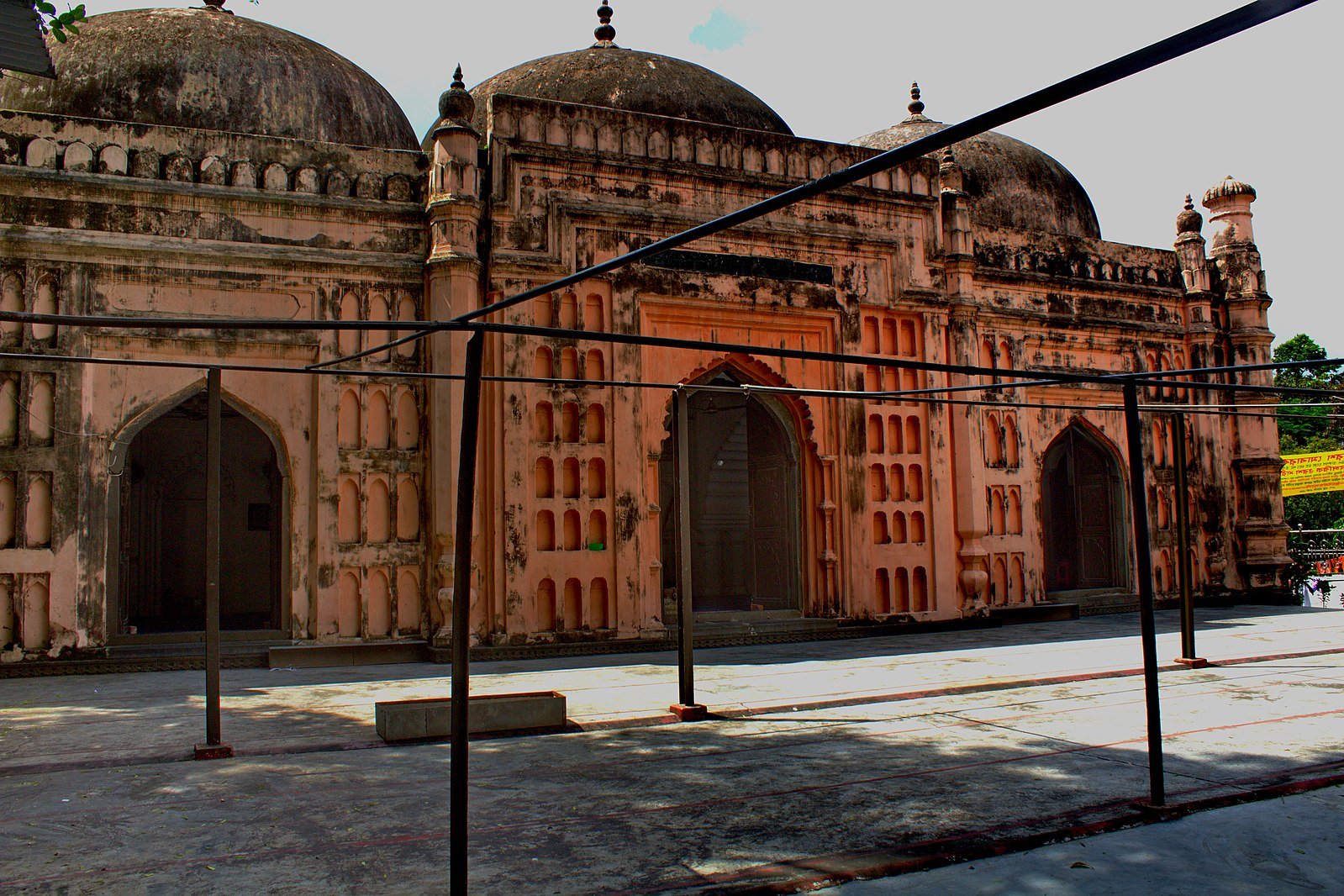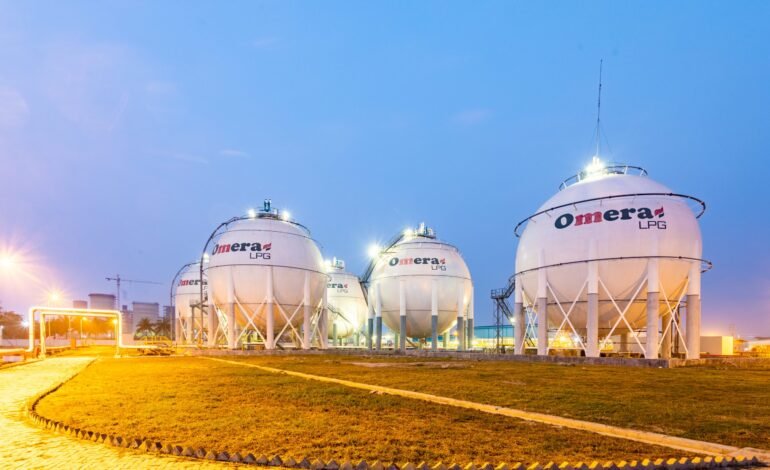LPG Industry in Bangladesh: Growth, Challenges and Global Significance
The LPG industry in Bangladesh has emerged as a pivotal part of the country’s energy landscape, reflecting both growing domestic demand and wider global trends in clean fuel transition. From a modest beginning in the late 1970s, the sector has expanded rapidly in the past decade as Bangladesh shifts away from traditional natural gas connections and wood-fuel usage.
With a market size estimated at about US$3.2 billion and demand projected to reach 3 million tonnes by 2030, this industry signals major opportunities and significant risks for investors, policymakers and international energy stakeholders.
Why Bangladesh’s LPG Industry is Growing
There are several factors driving the rapid expansion of the LPG industry in Bangladesh:
Natural gas connection freeze & fuel substitution: In 2008 the government halted new household natural gas connections, prompting many households and industries to turn to LPG.
Household cooking & clean fuel trend: Around 84% of LPG consumption in Bangladesh today is used for cooking in domestic settings, replacing wood, biomass and other polluting fuels.
Industrial shift amid gas shortage: As natural gas supplies tightened, many factories began switching to LPG – industrial usage has grown significantly, with industries accounting for over 13% of annual LPG consumption.
Import-driven supply and growing infrastructure: Although Bangladesh produces negligible LPG domestically (just about 1.6% of demand) and relies heavily on imports, the sector has seen major bottling plant investments and capacity expansion.
Together, these factors mean the LPG industry in Bangladesh is no longer a niche segment – it is rapidly becoming a mainstream energy pillar.
Key Industry Players & Market Structure
Within the LPG industry in Bangladesh, a handful of companies dominate. While there are about 30 operational firms servicing the market, the top ten companies control around 70% of demand. Leading firms include Bashundhara LP Gas Ltd. (with about 24% market share), Omera LPG (19%), Jamuna LPG (10%), and several others.
Investment is increasing: for instance, the conglomerate City Group plans to invest over Tk 2,000 crore in a new LPG plant at the Hoshendi Economic Zone, signalling confidence in long-term growth.
Global Relevance & Implications
The growth of the LPG industry in Bangladesh holds relevance beyond national borders:
Clean and transitional fuel globally: LPG offers lower carbon dioxide emissions compared to diesel or petrol (~14% less than gasoline, ~10% less than diesel) – making it a key transitional fuel as countries move toward cleaner energy.
Emerging market investment opportunity: As global energy firms expand footprints into Asia-Pacific emerging markets, Bangladesh’s LPG sector offers significant potential – exemplified by the acquisition of local company Petromax LPG by Netherlands-based SHV Energy.
Energy security & industrialisation: For Bangladesh and similar economies, substituting LPG for dwindling natural gas supplies supports industrial growth, job creation and export-oriented manufacturing. The broader international community watches these shifts as part of global supply-chain resilience.
Policy lessons for other countries: The experience of the LPG industry in Bangladesh provides lessons in regulatory design, infrastructure investment, pricing strategy and safety oversight that other countries transitioning fuels can learn from.
Challenges Facing the LPG Industry in Bangladesh
Despite the strong growth prospects, the LPG industry in Bangladesh faces several serious challenges:
Infrastructure limitations
The lack of adequate storage, import terminals, and logistics networks is a major bottleneck. Feeder vessel imports due to sedimentation in rivers raise costs and constrain supply flexibility.
Price & business model pressures
Many companies have sold cylinders at well below production cost to capture market share – a model described as unsustainable. As one analysis noted, the actual production cost of a 12 kg cylinder is around Tk 3,000, while many were sold at Tk 700-900.
Safety and regulatory gaps
While LPG presents global benefits as a cleaner fuel, its safe handling is critical. Studies show gaps between Bangladesh’s safety regulations and international standards (e.g., API 2510) in storage and handling. Illegal cylinder filling and unauthorised bottling operations also pose risks and damage industry credibility.
Demand uncertainty from fuel shifts
As new electric cooking appliances, induction stoves and public-transport electrification gain traction, future demand for LPG (especially in household and transport sectors) may become uncertain.
Opportunities & Future Outlook
Looking ahead, the LPG industry in Bangladesh has several promising pathways:
Expanding to untapped regions: Many rural areas still rely on biomass or wood-fuel; tapping into that market presents growth potential.
Export potential: Some companies are already exporting LPG cylinders to northeastern India (Tripura) – with proper infrastructure and standards, Bangladesh could become a regional exporter.
Industrial & power generation usage: With industrial demand growing, LPG could play a larger role in manufacturing, ceramics, agro-processing and even power generation where natural gas is scarce.
International investment and technology transfer: Global energy firms can bring technology and best-practice safety, helping local firms improve efficiency and compliance.
Infrastructure investment: The construction of a refrigerated LPG base terminal with 30,000 metric-ton capacity at Matarbari deep-sea port offers transformative logistics improvement.
Policy & Regulatory Imperatives
To sustain growth and global relevance, policymakers and industry stakeholders in Bangladesh should focus on:
Pricing transparency and cost-reflective tariffs for cylinders to ensure companies remain viable.
Upgrading regulatory frameworks and safety standards to match international norms.
Providing incentives for rural access, industrial uptake and clean-fuel substitution.
Promoting infrastructure investments (import terminals, pipeline networks, bottling hubs) to reduce logistics costs.
Encouraging export-oriented partnerships and regional trade integration.
Conclusion
The LPG industry in Bangladesh stands at a junction of opportunity and risk. On one hand, it is a powerful example of how emerging economies can pivot energy systems toward cleaner fuels, meet household and industrial demands, and attract international investment. On the other hand, structural challenges – from infrastructure bottlenecks to pricing distortions and safety gaps – must be addressed for long-term sustainability.
For global energy observers, Bangladesh’s LPG sector offers a valuable case study in fuel transition, market dynamics in emerging markets, and the role of policy in steering growth. As the world strives to balance access to energy, environmental sustainability and industrial competitiveness, the trajectory of Bangladesh’s LPG industry may well provide lessons for many countries to follow.








